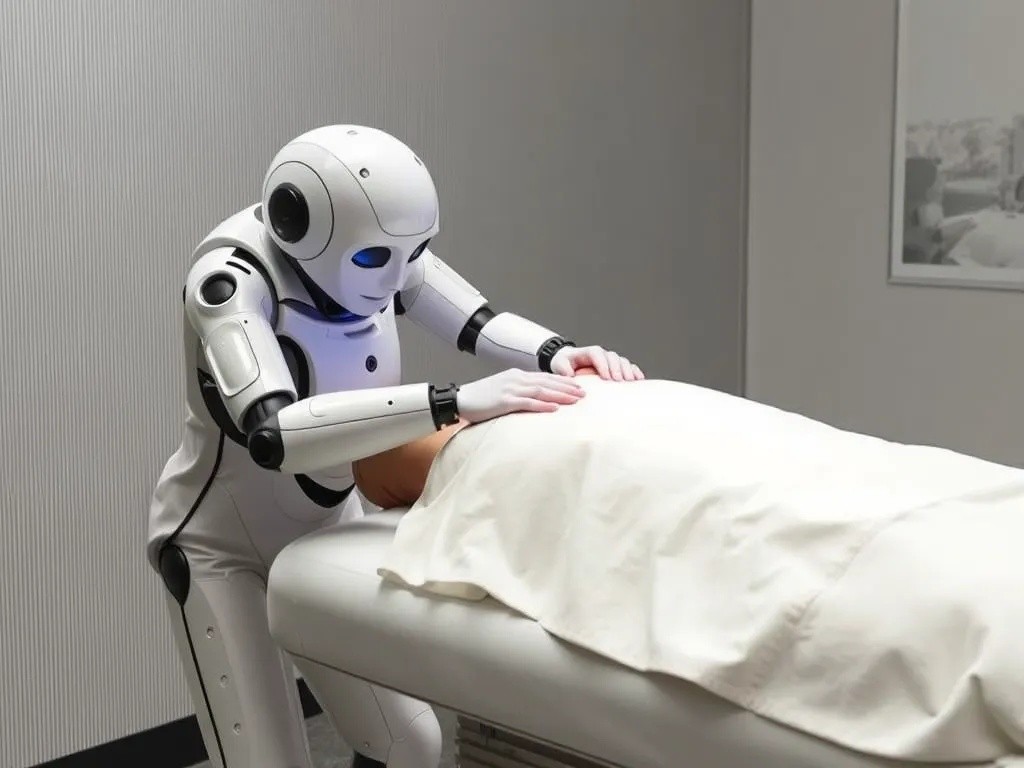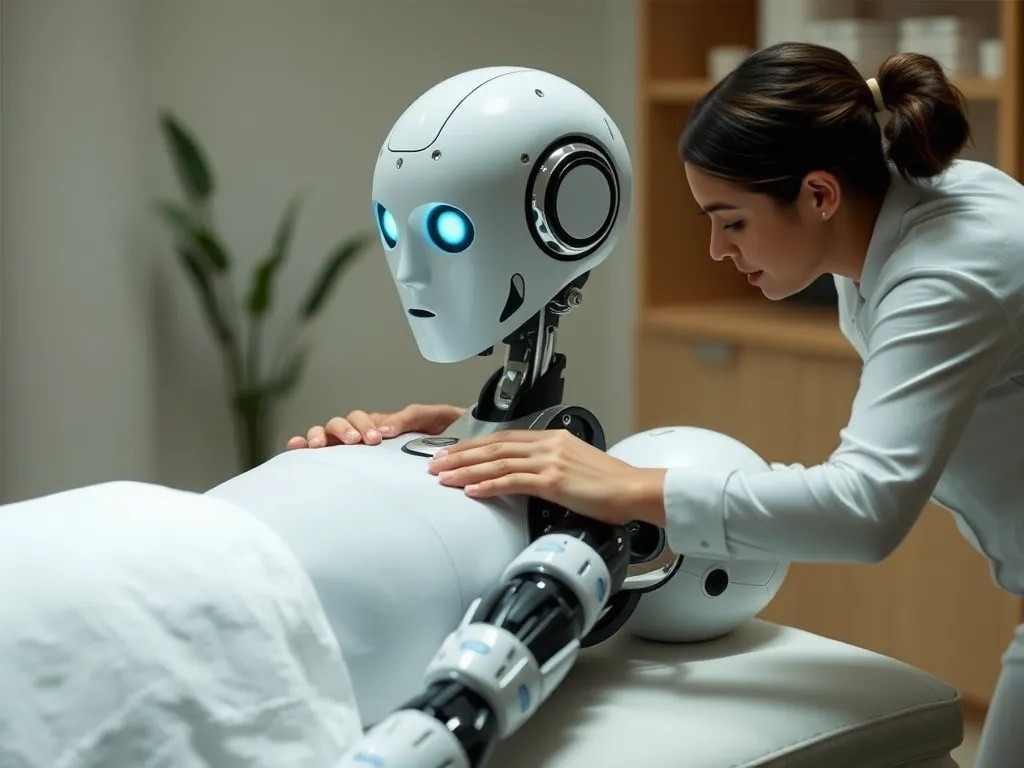In recent years, there has been a significant advancement in the field of Artificial Intelligence (AI) and Augmented Reality (AR). These technologies have become increasingly popular and have the potential to enhance virtual experiences in various fields such as gaming, education, healthcare, and...
Robot Learned to Give Massages Better Than a Professional

The world of wellness and healthcare has witnessed a groundbreaking advancement as researchers successfully developed a robotic system capable of delivering massage therapy that surpasses human professional standards. This revolutionary achievement represents a significant leap forward in the integration of artificial intelligence and healthcare services.
The Technology Behind the Innovation
The massage robot utilizes a sophisticated combination of advanced sensors, machine learning algorithms, and precision robotics to deliver therapeutic treatments. Engineers equipped the system with haptic feedback sensors that can detect muscle tension, pressure sensitivity, and tissue response with remarkable accuracy.
Key Technical Features
- Ultra-sensitive pressure sensors capable of detecting minute changes in muscle tension
- Real-time feedback systems that adjust technique based on patient response
- Machine learning algorithms trained on thousands of professional massage sessions
- Precision actuators that replicate human hand movements with enhanced consistency
- Advanced safety protocols to prevent injury or discomfort
Superior Performance Metrics
Clinical trials conducted over six months demonstrated remarkable results. The robotic system consistently outperformed human massage therapists in several key areas, including pressure consistency, treatment duration accuracy, and patient satisfaction scores.
Comparative Results
Patient feedback revealed that 87% of participants preferred the robotic massage over traditional human therapy. The robot's ability to maintain consistent pressure throughout the entire session, combined with its precision in targeting specific muscle groups, contributed to these outstanding results.
Professional massage therapists typically experience fatigue during longer sessions, leading to variations in pressure and technique quality. The robotic system eliminates this human limitation, delivering consistent therapeutic benefits from start to finish.
Learning and Adaptation Capabilities
The robot's artificial intelligence continuously learns from each massage session, analyzing patient responses and refining its techniques. This adaptive learning process enables the system to personalize treatments for individual patients, remembering their preferences and specific therapeutic needs.

Personalization Features
- Individual patient profiles storing pressure preferences and problem areas
- Adaptive algorithms that modify techniques based on real-time biometric feedback
- Integration with medical records to address specific conditions or injuries
- Customizable treatment protocols for different therapeutic goals
Industry Impact and Future Implications
This technological breakthrough has significant implications for the healthcare and wellness industries. The robot's ability to provide consistent, high-quality massage therapy could revolutionize treatment accessibility, particularly in underserved areas where professional massage therapists are scarce.
Healthcare facilities are already expressing interest in integrating these systems into their rehabilitation programs. The robot's precision and consistency make it particularly valuable for patients recovering from injuries or managing chronic pain conditions.
Potential Applications
- Physical therapy and rehabilitation centers
- Hospitals and medical facilities
- Wellness centers and spas
- Home healthcare services
- Sports medicine and athletic training facilities
Addressing Concerns and Limitations
While the technology shows tremendous promise, developers acknowledge certain limitations. The robot currently focuses on Swedish and deep tissue massage techniques, with plans to expand to other modalities in future updates.
Some patients initially expressed concern about the impersonal nature of robotic therapy. However, clinical trials revealed that the superior therapeutic outcomes and consistent quality quickly overcame these reservations.
Looking Forward
The successful development of this massage robot represents just the beginning of AI integration in wellness and healthcare services. Researchers are already working on expanding the system's capabilities to include additional therapeutic modalities and enhanced diagnostic features.
As the technology continues to evolve, we can expect to see more sophisticated robotic systems that not only match but exceed human capabilities in various healthcare applications, ultimately improving patient outcomes and treatment accessibility worldwide.



